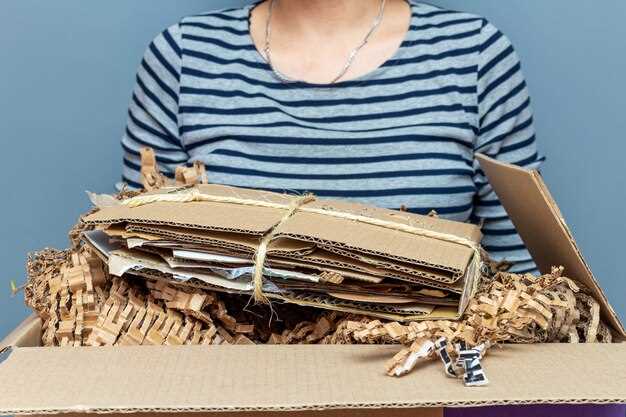
In the field of restoration, the imperative to maintain the original character of artifacts and structures is paramount. The challenge lies in applying correct techniques that respect the historical integrity and aesthetic qualities of each piece. As we navigate through various periods of art and architecture, it becomes essential to understand the nuances that define their original state, ensuring that any intervention enhances rather than diminishes their value.
Restoration is not merely a technical endeavor; it is an art form that requires a deep appreciation of the period from which the item originates. Each epoch has its unique materials, styles, and philosophies that contribute to its identity. As restorers engage in their work, they must draw upon a wealth of knowledge regarding traditional practices and materials, allowing them to honor the work of past artisans while employing modern advancements judiciously.
Ultimately, the goal of restoration should transcend mere repair. It should strive to evoke the essence of the original work, allowing contemporary audiences to connect with history meaningfully. By fostering a dialogue between past and present, we can ensure that the original spirit of each artifact is preserved for future generations.
Authentic Materials: Sourcing Period Correct Components
In the pursuit of restoring historical artifacts, the importance of using authentic materials cannot be overstated. Ensuring that all components are period correct is essential for maintaining the integrity and originality of the piece.
When sourcing period correct components, consider the following guidelines:
- Research Historical Context:
Understanding the specific era and style of the item is crucial. Delve into documentation, photographs, and accounts from the period to identify accurate materials that were commonly used.
- Identify Authentic Suppliers:
Connect with suppliers who specialize in historical reproductions or have access to vintage materials. Check their credentials and previous projects for quality assurance.
- Utilize Natural Materials:
Whenever possible, opt for materials that were prevalent during the target time frame, such as hardwoods, metals, and textiles. This enhances authenticity and aligns with the craftsmanship of the period.
- Verify Material Properties:
- Consider factors such as durability, color, and texture.
- Ensure that the physical properties match those of the original components, especially in restorations of furniture, vehicles, or buildings.
- Engage with Experts:
Consult preservationists, historians, or craftsmen who have extensive experience in the specific era. Their insights can be invaluable in identifying the most suitable components.
By adhering to these principles when sourcing period correct components, restorers can ensure that the final product not only reflects the original artistry but also contributes to the historical narrative of the piece.
Techniques for Maintaining Historical Accuracy in Restoration

Restoration projects demand a meticulous approach to ensure that the final outcome reflects the original conditions and aesthetics of the historical artifact or structure. One fundamental technique involves conducting thorough research on the original materials and construction methods used. This includes sourcing information from historical documents, photographs, and previous restoration records, which provide insights into the correct techniques to employ.
Another crucial aspect is the application of traditional craftsmanship. Skilled artisans who specialize in historical techniques can replicate original methods, thereby preserving the authenticity of the restoration. Utilizing hand tools and time-honored practices allows restorers to maintain the originality of the structure, steering clear of modern shortcuts that could compromise historical accuracy.
Color matching is also essential in achieving a faithful restoration. It requires careful analysis of existing paints or finishes to determine the original hues. Utilizing scientifically-based approaches, such as pigment analysis, can guide restorers in creating accurate color palettes that reflect the true appearance of the historical piece.
Furthermore, when replacing damaged components, it is essential to use materials that are not only similar but also compatible with the original substance. This prevents chemical reactions that could alter the integrity of the artifact. By sourcing appropriate materials through specialized suppliers who focus on preservation, restorers can maintain the originality while ensuring durability.
Documentation of the restoration process is vital for future generations. Keeping detailed records of methods, materials used, and decisions made throughout the project provides context that upholds the integrity of the historical narrative. This practice fosters transparency and serves as a reference for future restorations and studies.
Finally, ongoing training and education about contemporary preservation ethics ensure that restorers remain aware of best practices and advances in the field. By committing to continuous learning, professionals can refine their skills and enhance their ability to preserve historical accuracy in every restoration project undertaken.
Assessing the Impact of Modern Methods on Originality

The restoration of historical artifacts and structures often requires a delicate balance between preservation and innovation. In this context, assessing the impact of modern methods on originality becomes crucial. Various techniques, developed during this period, aim to enhance durability while also striving to maintain the original character of the piece.
Modern restoration methods, such as digital scanning and 3D printing, offer unprecedented opportunities for replication and preservation. However, these technologies can pose risks to the originality of the restored items. While they allow for meticulous reproduction of details, there is a concern that they may lead to a shift in perception, causing viewers to regard restored pieces as mere imitations rather than authentic historical artifacts.
Moreover, the use of contemporary materials can significantly affect the integrity of original works. For instance, replacing aged wood with synthetic alternatives may enhance resilience but can dilute the historical texture that contributes to a piece’s originality. Thus, an evaluation of restoration materials should prioritize compatibility with the original elements to maintain authenticity.
Additionally, methodologies focusing on chemical treatments can inadvertently alter the original characteristics of artifacts. While these processes might effectively prevent deterioration, they risk changing the patina or color that embodies the historical essence of a period. It is essential for conservators to engage in thorough research and consideration of how each modern technique impacts the authenticity of the object.
To navigate these challenges, a holistic approach is vital. Engaging interdisciplinary teams comprising historians, chemists, and artisans ensures that restoration remains sensitive to the original design and intent while incorporating innovative techniques. Ultimately, honoring the authenticity of restored items requires a commitment to understanding the delicate interplay between modern advancements and original craftsmanship.
 Skip to content
Skip to content





